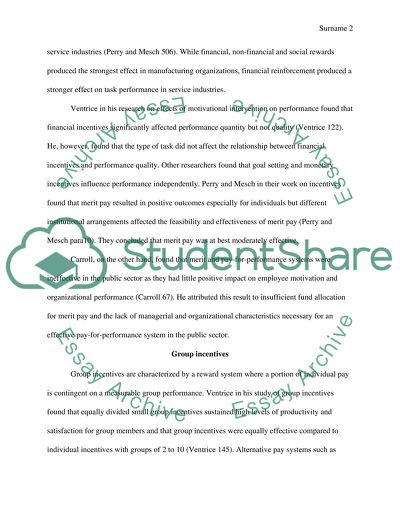Cite this document
(Workplace Motivation Techniques Assignment Example | Topics and Well Written Essays - 1953 words - 1, n.d.)
Workplace Motivation Techniques Assignment Example | Topics and Well Written Essays - 1953 words - 1. Retrieved from https://studentshare.org/human-resources/1614943-workplace-motivation-techniques
Workplace Motivation Techniques Assignment Example | Topics and Well Written Essays - 1953 words - 1. Retrieved from https://studentshare.org/human-resources/1614943-workplace-motivation-techniques
(Workplace Motivation Techniques Assignment Example | Topics and Well Written Essays - 1953 Words - 1)
Workplace Motivation Techniques Assignment Example | Topics and Well Written Essays - 1953 Words - 1. https://studentshare.org/human-resources/1614943-workplace-motivation-techniques.
Workplace Motivation Techniques Assignment Example | Topics and Well Written Essays - 1953 Words - 1. https://studentshare.org/human-resources/1614943-workplace-motivation-techniques.
“Workplace Motivation Techniques Assignment Example | Topics and Well Written Essays - 1953 Words - 1”, n.d. https://studentshare.org/human-resources/1614943-workplace-motivation-techniques.


